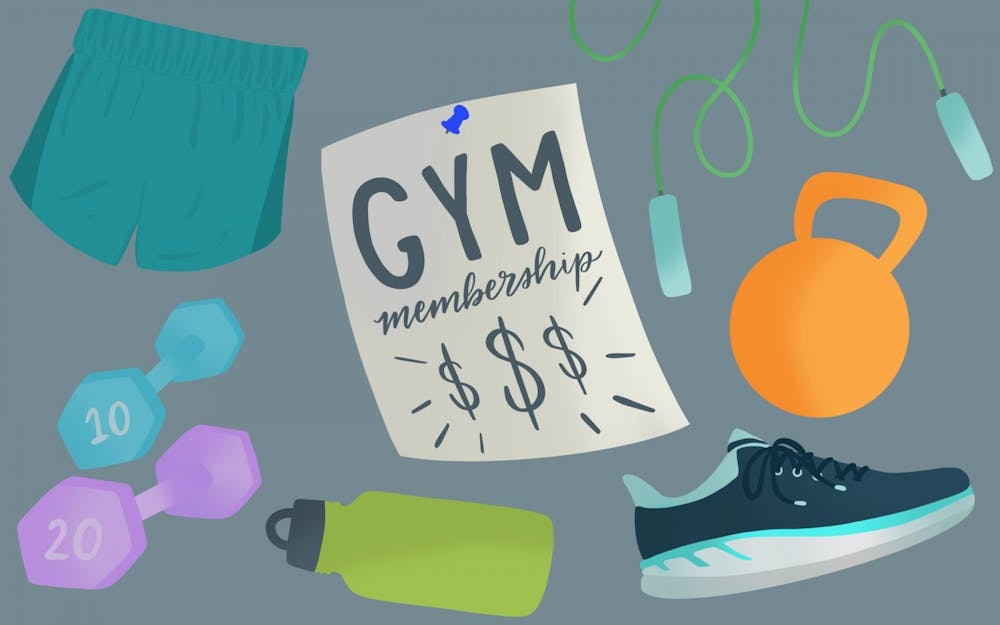In the midst of COVID-19 shutdowns in early 2020, many people turned to exercise in their newly found free time. From home workout videos to five-mile-long walks, fitness became a new goal for many struggling to find purpose in the “new normal.”
I was one of those people and will admit I was feeling happier and healthier than ever.
But as we eased back into COVID-endemic life, I found my routine more and more time consuming and increasingly looked down upon by those returning to gyms. My at-home setup of two dumbbells and an exercise mat didn’t seem to cut it anymore when my social media was flooded with gym selfies and workout classes.
As many young adults know, it’s hard to stay active — especially as a busy student. Not everyone has the money or time to take advantage of full body fitness programs, and nobody should be shamed for exercising in the best way for them.
Working out is a complicated subject. The delicate intersection of health and body image can be sensitive for many. To start an important dialogue, we must be willing to talk about the toxicity of many influencers in the fitness community, which is greatly amplified by the internet and social media.
When researching beginners' workouts, I frequently encountered the sentiment that a complete life overhaul was necessary. Some recommended intense workouts six days a week with one day off. Many encouraged expensive gym memberships. Influencers preached that not committing to extreme programs meant there was no point in trying.
This was discouraging and woefully misleading. The focus of many fitness professionals — who often become fitness influencers — is to help you attain the “ideal body.”
But there is no shortage of studies showing that social media raises body image concerns, and these social media workout plans are a direct result of the desire to achieve the “perfect physique.” These fester and become toxic on apps such as TikTok and Instagram, and often get promoted by influencers with millions of followers.
It is so important to remember that not everyone has access to the proper time and money to commit to these plans. There is absolutely no reason for them to be shamed or convinced their routine isn’t good enough.
Instead, the broader focus must shift from promoting the “ideal body” to embracing whatever amount of exercise a person wants to do.
As someone who has struggled with body image, I felt immense pressure to run to the gym and start using every complicated weight machine to see immense results. This ultimately came from the urge to be and “look” healthy.
But I don’t need massive biceps or a ripped stomach to live a healthy life. Exercising is about moving your body in a way that feels good to you. You do not need a complete overhaul of your schedule to feel the benefits of exercise should you choose to incorporate it into your life.
Remember, a healthy life comes at the intersection of physical, emotional and social wellbeing. Your life can be perfectly healthy without a primary focus on the physical.
So go out and find the right balance for you — and don’t let anyone tell you it’s not worth it.
Chris Sciortino (he/him) is a junior studying theater and public relations. He is involved with the Queer Student Union and College Democrats at IU.




